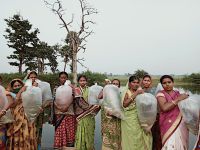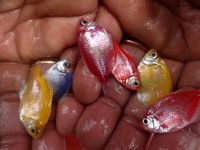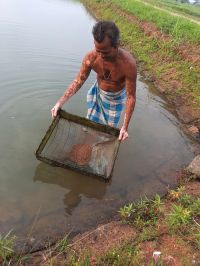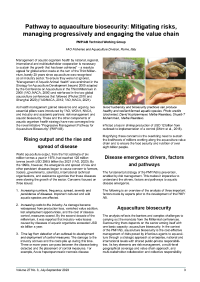Aquaculture Asia Magazine, July-September 2023
3 August 2023 | 38476 views | .pdf | 22.15 MB | Freshwater finfish, Gender, Hatchery and nursery, Health and Biosecurity, Livelihoods, gender and social issues, Nutrition and feeding, India, Ornamentals
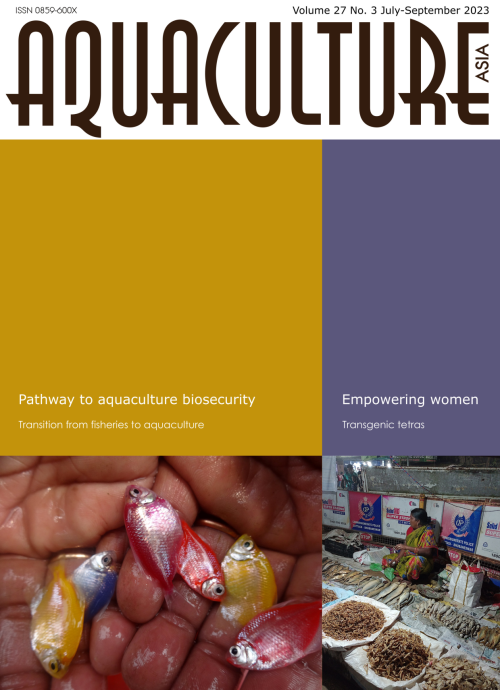
In this issue:
- Pathway to aquaculture biosecurity: Mitigating risks, managing progressively and engaging the value chain
PMP/AB Technical Working Group - Important considerations for feed and feeding management during Indian catfish culture
S.K. Sahoo, S. Ferosekhan, S.N. Sahoo, P.K. Tiwari, B. Mishra and S.S. Giri - A transitional journey from fisheries to aquaculture in Moyna
R.N. Mandal, S. Adhikari, B.N. Paul, D.N. Chattopadhyay, P.P. Chakraborti, A. Das, F. Haque, A. Hussan, G.S. Saha, B.R. Pillai, and S.K. Swain - Colour widow tetra: A new and highly preferred aquarium fish in West Bengal
Srabanti Ghosh - Expanding the horizon of aquaculture through women's empowerment
Gora Shiva Prasad, Sangram Keshari Rout, Rajesh Debnath, Suchismita Prusty, Sutanu Karmakar, Dharma Raj Patro, and P. Sruthi - NACA Newsletter
Creative Commons Attribution.

